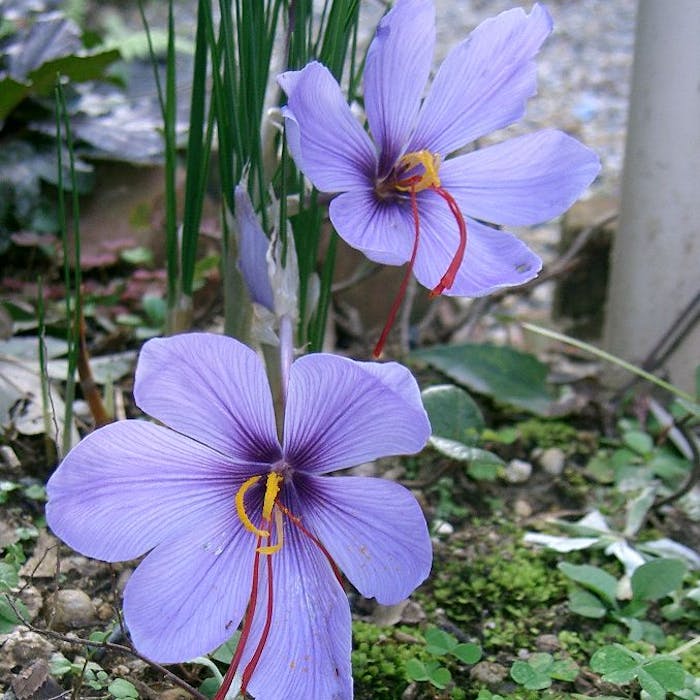
Croydon - once upon a time, full of flowers
Croydon in south London is these days a transport hub - very built up, busy and frantic (in the centre, at least). But, a long time ago, it is believed it was full of crocuses.
The most commonly accepted theory for the origins of the name 'Croydon' is that it derives originally from the Anglo-Saxon' croh', meaning 'crocus', and 'denu', meaning valley.
This would suggest that, as with Saffron Walden in Essex, Croydon was originally a centre for saffron cultivation, which was widely used for medicinal purposes during Roman times.
Saffron, a spice that is derived from the flower of the crocus, was an important commodity during the Middle Ages as well, and it was used for a variety of purposes, including medicinal, culinary, and textile dyeing.
In Croydon, it seems that saffron was primarily used for textile dyeing, and it was an important industry in the town.
The saffron crocuses were planted in specially prepared beds, and the flowers were harvested in the autumn. The yellow stigmas of the flowers were then carefully hand-picked and dried to produce the saffron spice. The saffron was then sold in the local markets or traded for other goods.
The name of the town has evolved over time, with variations such as ‘Croindune’ and ‘Croindone’ recorded in the Domesday Book, and eventually became the modern-day Croydon.
The cultivation of saffron declined in Croydon in the 16th century due to competition from imports, but the town's historic connection to the spice is still remembered today.
Croydon's coat of arms features a saffron crocus, and there is a Saffron Central, a community group that celebrates the town's saffron heritage and promotes the cultivation of saffron in the area.
Image is from Wikimedia Commons
Further reading
Links to external websites are not maintained by Bite Sized Britain. They are provided to give users access to additional information. Bite Sized Britain is not responsible for the content of these external websites.
